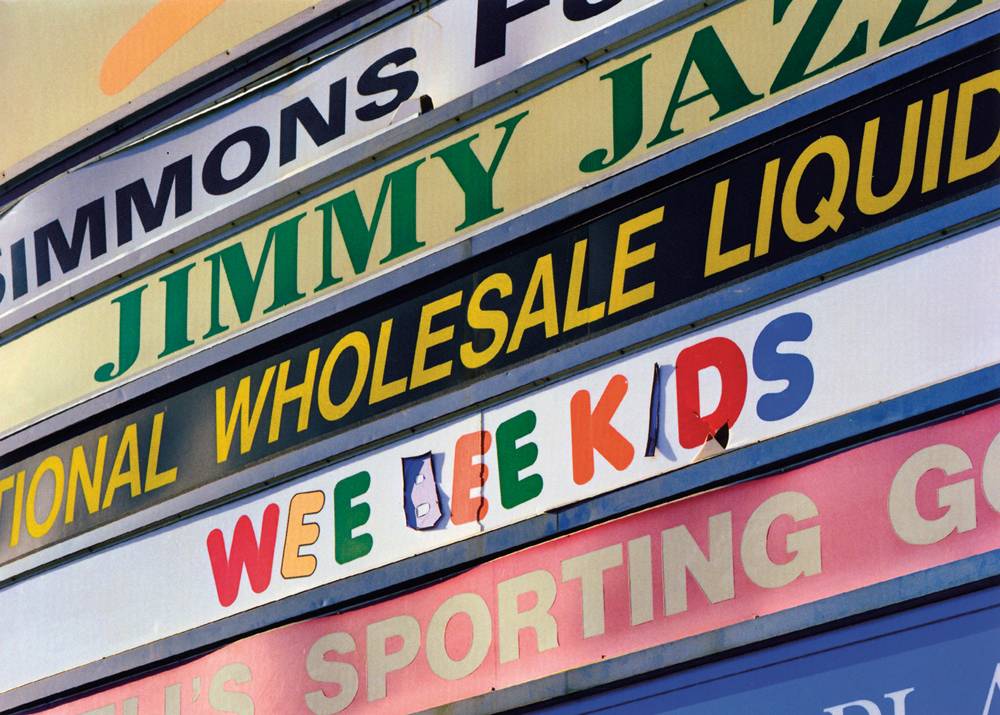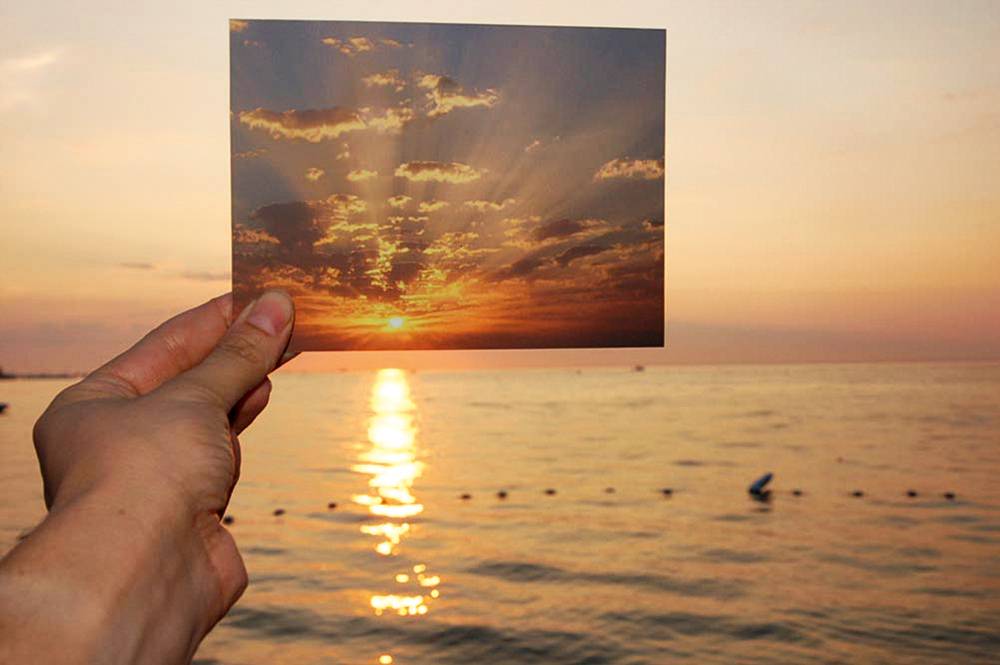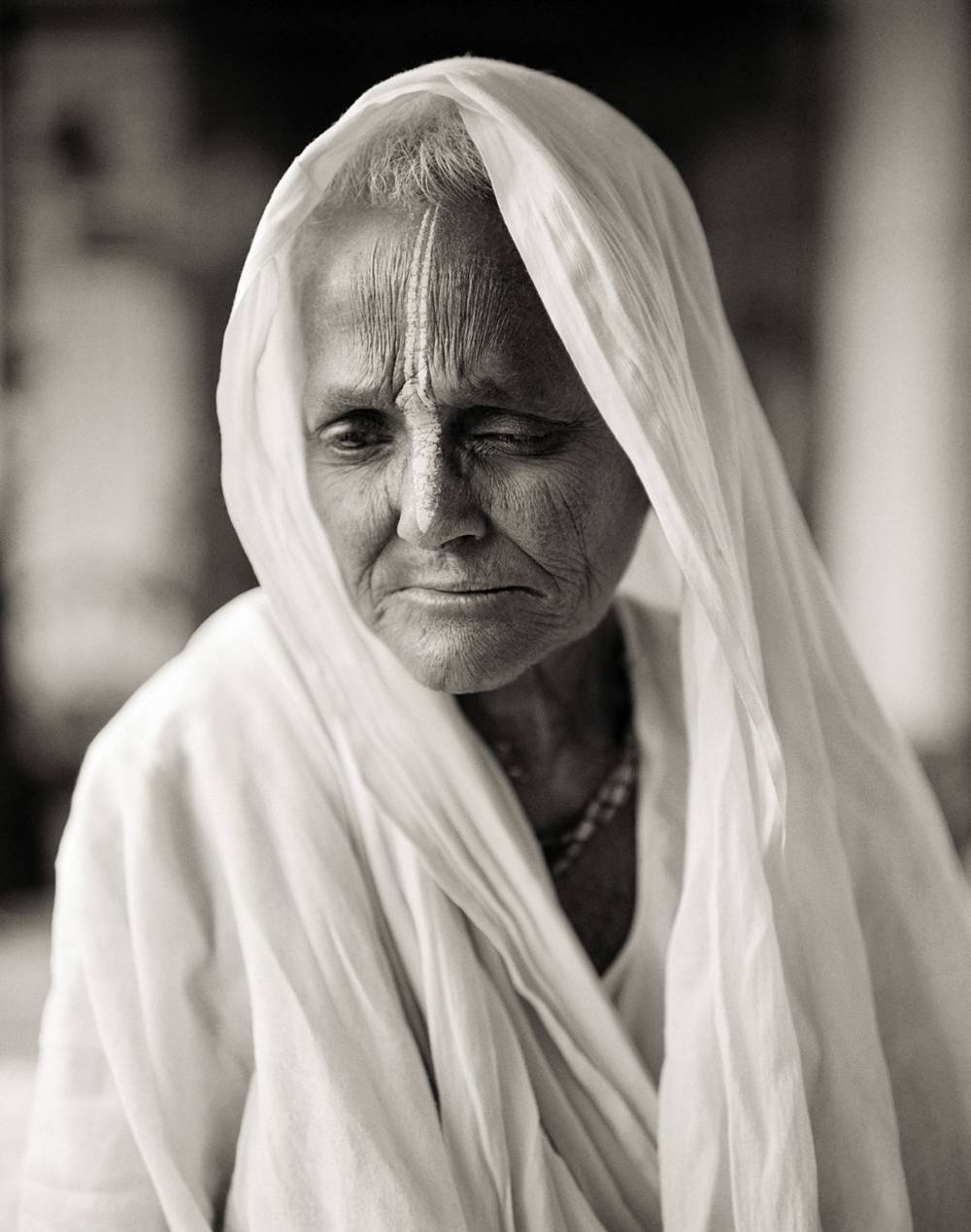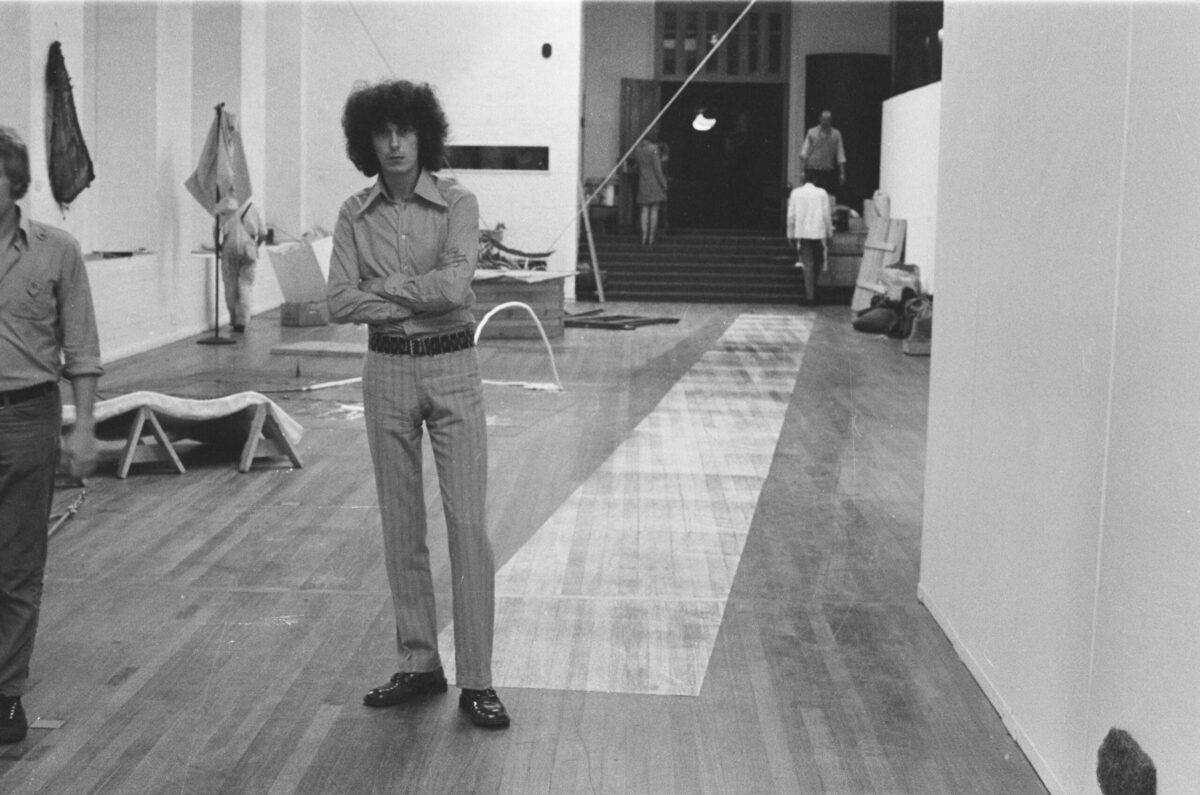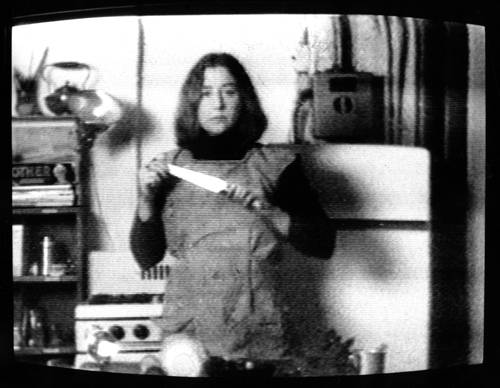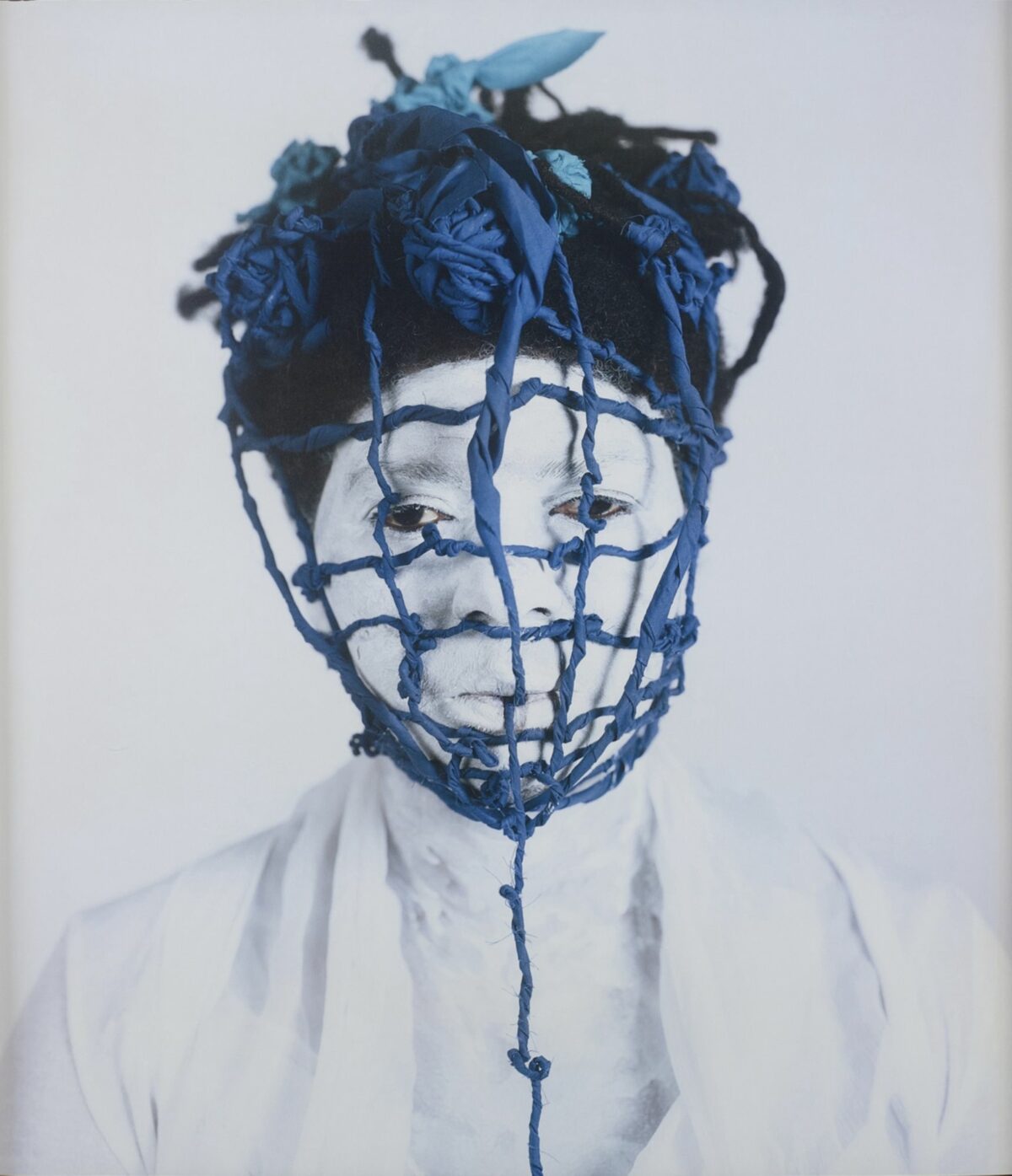The Unphotographable (Fraenkel) is one of those books that’s valuable as much for what it suggests as for what it delivers. The catalog to an exhibition at San Francisco’s Fraenkel Gallery, it explores an area of photography that, once opened up, proves just about inexhaustible. Since the invention of the medium, photographers have sought to capture not just the concrete but the ephemeral, the real and the imagined. Jeffrey Fraenkel lists a few of these unphotographable things in his brief introduction: “thought, time, ghosts, god, dreams,” but that only scratches the surface. The cloudscapes of Stieglitz’sEquivalents series (an especially murky one of which is reproduced here) are like Rorschach blots, evoking music, turmoil, peace, contemplation, confusion, the afterlife, the abstract, the unknowable, the sublime. “Several people feel I have photographed God,” Stieglitz remarked. Most of the book’s images are open to similar interpretation; others appeal to one’s belief – or gullibility. An Ohio photographer claimed to have found a strikingly voluptuous apparition of Christ outlined by the branches of a tree in a Cincinnati cemetery in 1914. Spirit photographers introduced friendly ghosts, bursts of “energy,” and spumes of ectoplasm to unsuspecting sitters. Some of the most intriguing photographs here are scientific (including both astronomical and microscopic studies) or pseudo-scientific (the Loch Ness Monster), but even the most ordinary things can accumulate an aura of cosmic mystery. If Diane Arbus’s picture of a newspaper blowing down the street looks like the end of the world, Richard Learoyd’s photograph of a blackened mirror could be the beginning. With work by Man Ray, Wolfgang Tillmans, Liz Deschenes, Clarence John Laughlin, Glenn Ligon, and a host of unknowns, The Unphotographable is as unpredictable as it is provocative.
Two other books pick up on a vaguely troubled, melancholy mood. John Schabel’sPassengers (Twin Palms) collects the photographs he made between 1994 and 1996 of people waiting for their flights to take off at New York airports. Using a telephoto lens to zero in on passengers in their window seats, and with the rounded square of the planes’ windows as ready-made picture frames, Schabel presents a gallery of candid portraits. Unaware of the camera’s attention, his subjects look irritated, distracted, pensive, exhausted, or anxious. Above all, despite their metal carapace, they’re undefended and vulnerable. But Schabel’s grainy images are soft and diffused, like fading memories, so they feel protective rather than predatory. Even from a great distance, he reaches out and touches us, too. Gary Briechle’s first book, simply titled Photographs (Twin Palms), is unsettlingly raw and heartfelt – a stunner that already feels like a classic. Much of its impact is due to the quality of the photographs themselves – all wet-plate collodion prints that subvert astonishing precision with gorgeous imperfections and look like vintage tintypes on the page. But virtuoso technique wouldn’t count for much if the images weren’t equally remarkable. Briechle’s subjects are mostly friends and acquaintances from an extended family in rural Maine, ranging in age from nursing babies to brittle grandparents, with a slew of twentysomethings in between. The work’s intimacy, empathy, and unconventional approach to composition recall Andrea Modica’s Treadwell series, but there’s a darker undercurrent here that sucks you right in. And doesn’t let go.
War/Photography (Yale), the massive catalog to a show organized by Anne Tucker and Will Michels for the Museum of Fine Arts, Houston (it opens at the Annenberg Center for Photography in Los Angeles on March 23), deserves several columns all to itself. Looking at the topic from all possible angles, from Matthew Brady to Simon Norfolk, it’s exhaustive, harrowing, brilliant, and essential: one of the year’s most important books.



